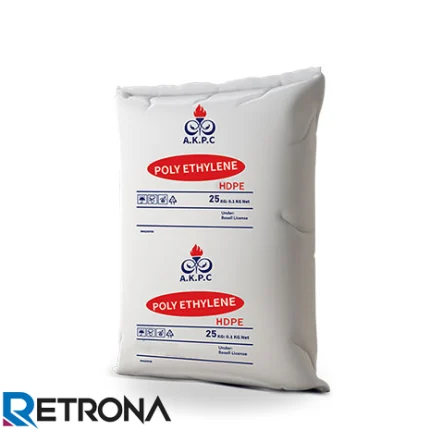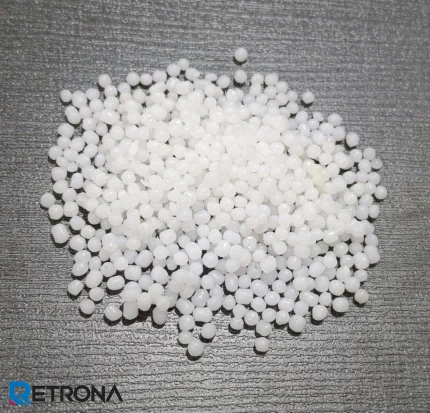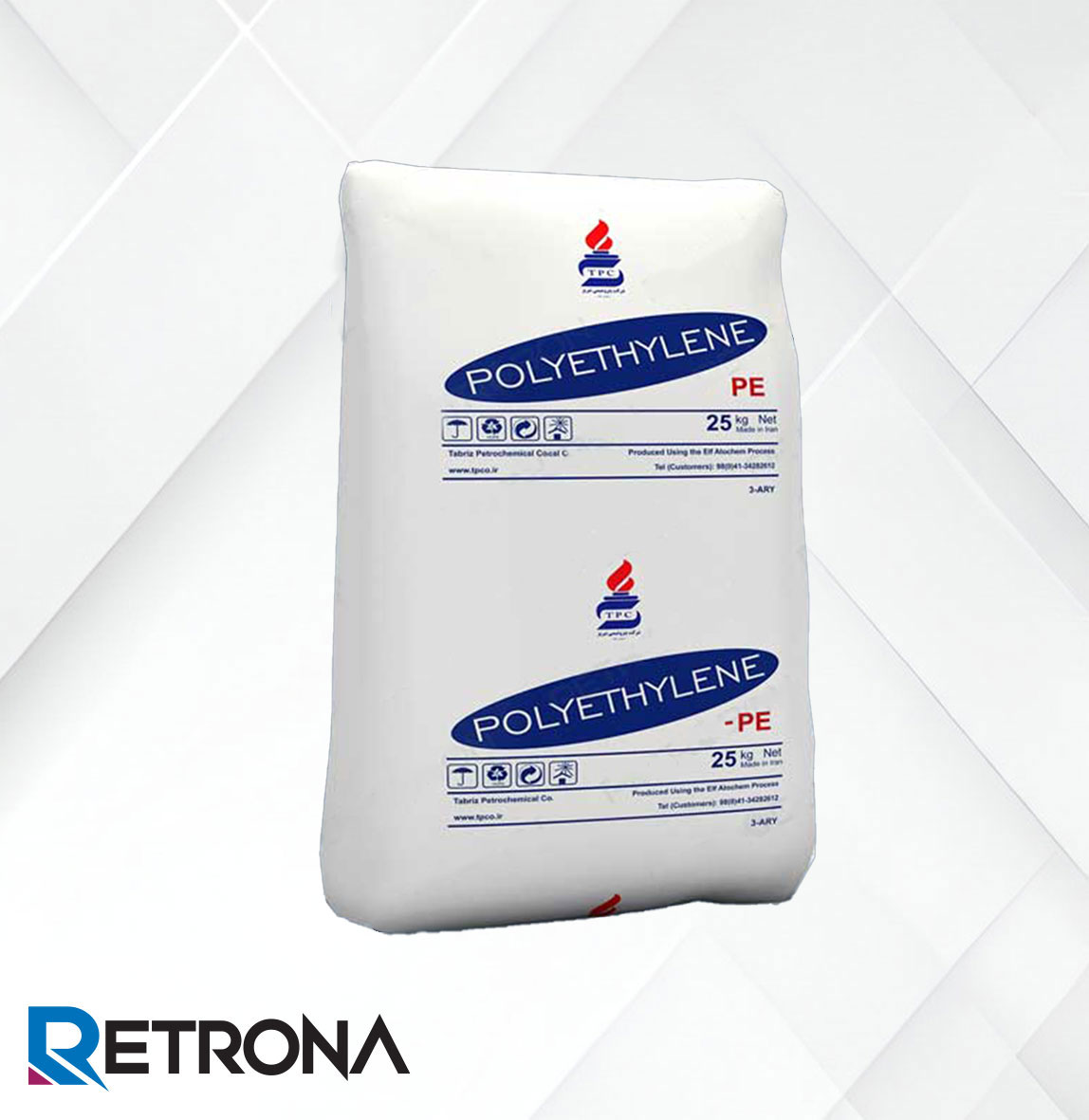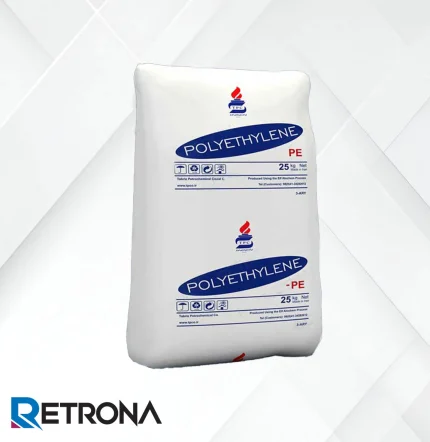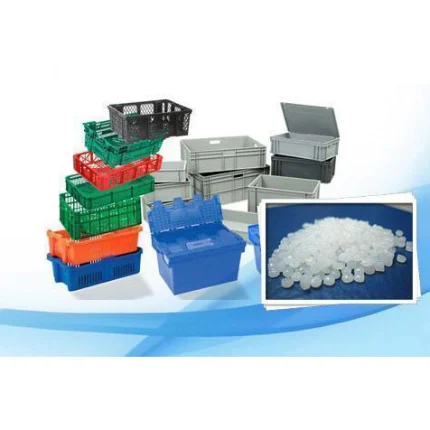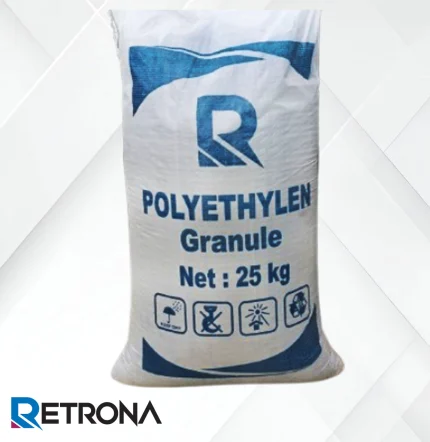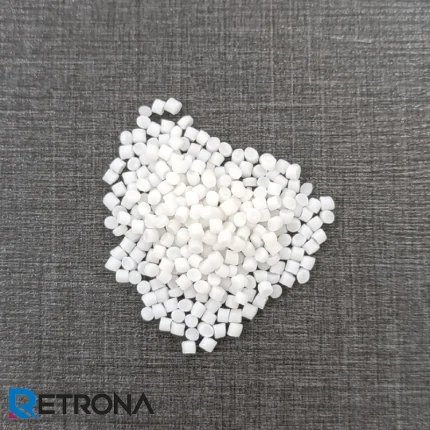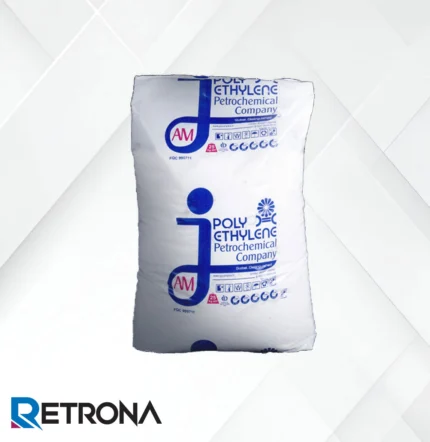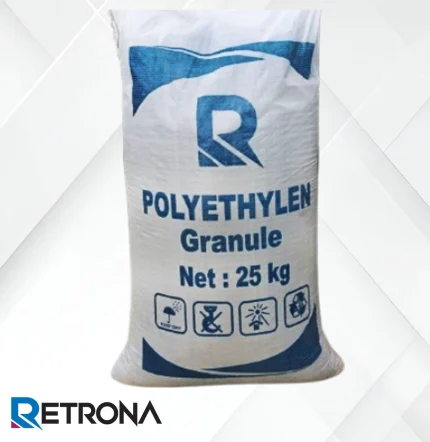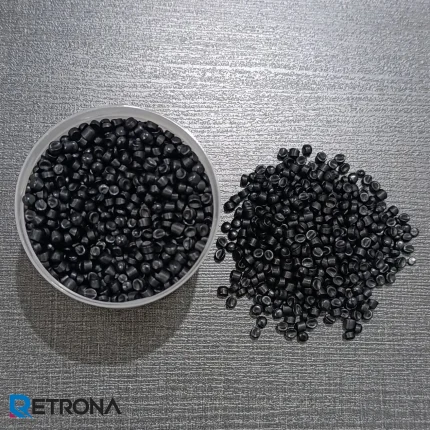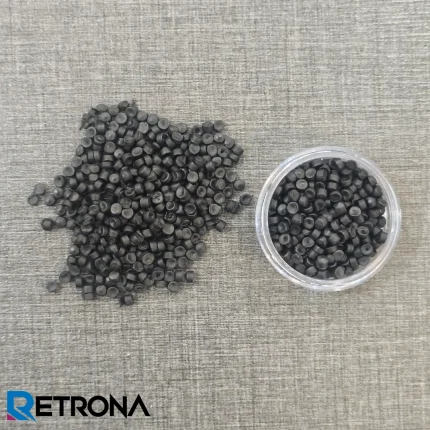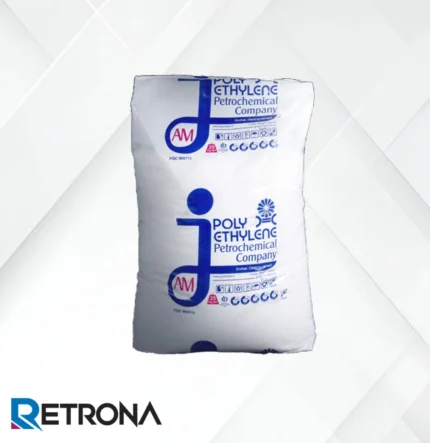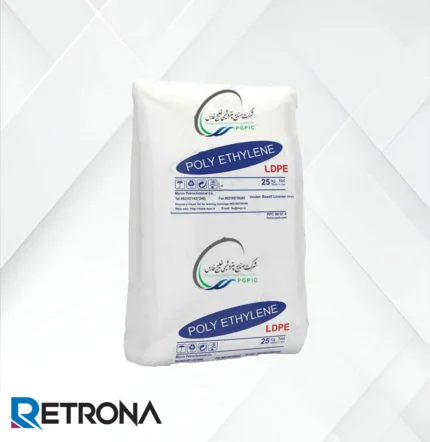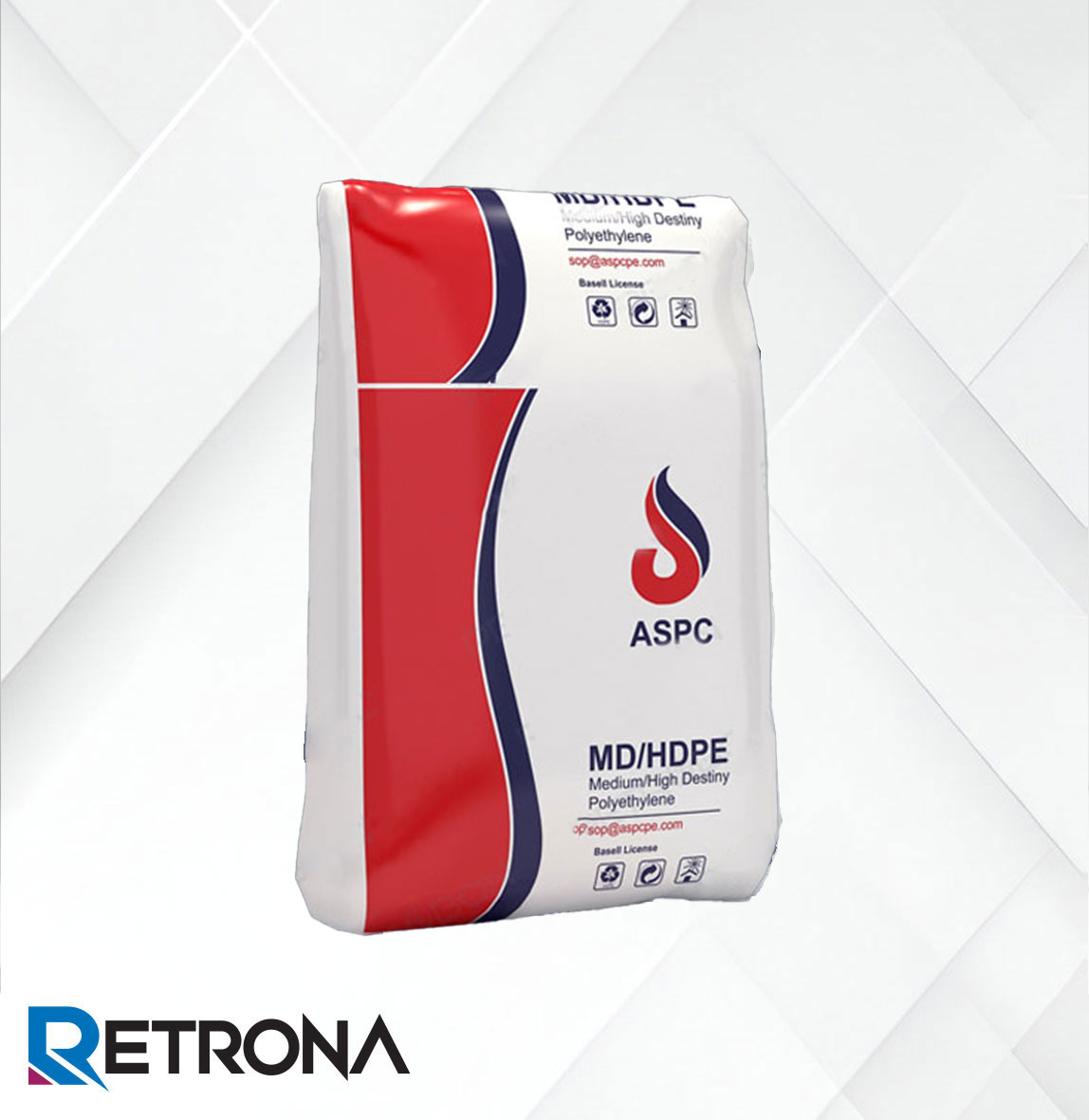62N07 High Density Polyethylene
7000F High Density Polyethylene
CRP100B (CRP100 BLACK) Compound
CRP100B Recycle
EX3 High Density Polyethylene
- Group: HDPE Pipe Extrusion
- Equivalents: SABIC -f00851, GM 5010 T2N, HM 5010 T2N
- Melt Flow Rate (MFR):
-
- 190 °C / 21.6 Kg: 12 g/10min (Amir Kabir notes 12.0 ± 3.0 g/10min)
- 190 °C / 5 Kg: 0.945 or 0.45 g/10min (Amir Kabir notes 0.45 ± 0.05 g/10min)
-
- Density: 0.945 g/cm³ (Amir Kabir notes 0.945 ± 0.002 g/cm³)
EX5 High Density Polyethylene
HB0035 High Density Polyethylene
Polyethylene (PE)
Polyethylene, often abbreviated as PE, is the most widely produced and utilized plastic in the world. This versatile thermoplastic polymer is the cornerstone of countless everyday products, from simple plastic bags to complex industrial components. Its popularity stems from a combination of excellent properties, cost-effectiveness, and the ability to be molded into a vast array of shapes and forms.
The fundamental building block of polyethylene is the ethylene monomer (). Through a process called polymerization, these monomers are linked together to create long polymer chains, forming the basis of all polyethylene materials. The properties of the final product, however, are largely determined by the structure of these chains and how they are arranged.
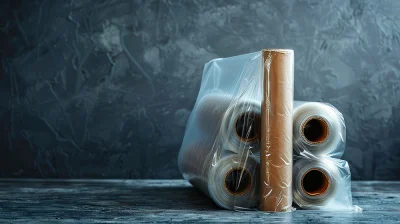
Key Characteristics of Polyethylene
Polyethylene is valued for a number of key properties:
- Chemical Resistance: It is highly resistant to strong acids, bases, and many other chemicals, making it ideal for containers and piping.
- Durability and Impact Resistance: Polyethylene is known for its toughness and ability to withstand impact without shattering.
- Moisture Resistance: It is an excellent barrier against water and moisture, which is why it is so common in packaging.
- Electrical Insulation: Polyethylene is a poor conductor of electricity, making it a good choice for insulating wires and cables.
- Recyclability: As a thermoplastic, polyethylene can be melted down and re-formed, allowing for easy recycling and reuse.
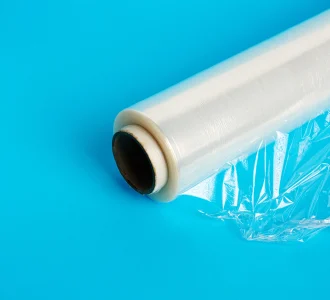
The Major Types of Polyethylene
While "polyethylene" is a single term, it encompasses a family of materials with different densities and molecular structures, each suited for specific applications:
- High-Density Polyethylene (HDPE): With a more linear and tightly packed molecular structure, HDPE is known for its rigidity and strength. It's the material of choice for products like milk jugs, detergent bottles, and durable piping.
- Low-Density Polyethylene (LDPE): Featuring a highly branched molecular structure, LDPE is characterized by its flexibility and softness. It is commonly used for plastic bags, squeeze bottles, and packaging films.
- Linear Low-Density Polyethylene (LLDPE): LLDPE strikes a balance between HDPE and LDPE. Its linear structure with short branches gives it exceptional tensile strength and puncture resistance while retaining flexibility. This makes it perfect for applications like stretch wrap and durable garbage bags.


